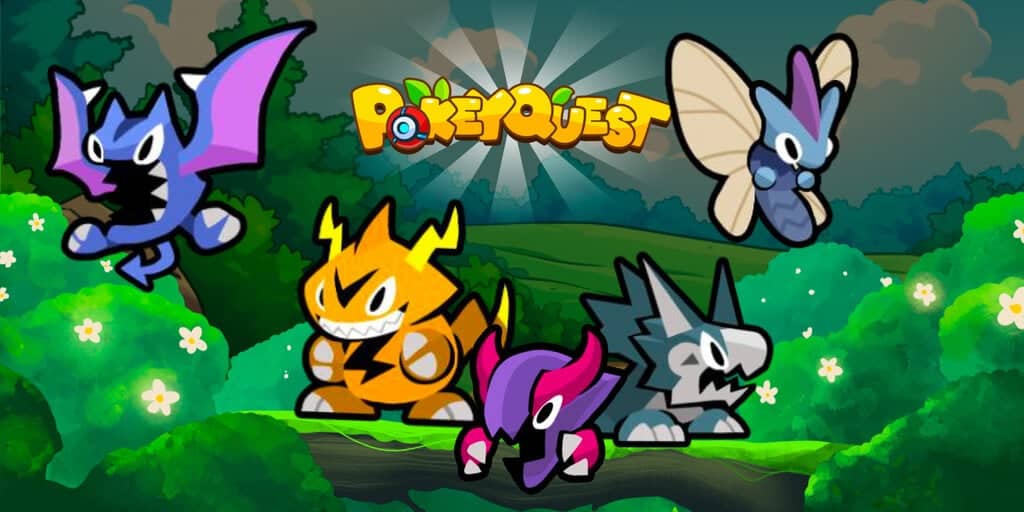In today’s rapidly expanding digital landscape, telegram games, a genre still burgeoning and largely unexplored, are rapidly gaining traction. Yet, most offerings in this niche, such as Hamster Kombat and X Empire, fall short of captivating audiences visually. This shortfall in aesthetic allure has stood out as a critical point of critique for enthusiasts and critics alike.
Introducing Visual Appeal to telegram games
The realm of telegram gaming has recently witnessed a notable entrant that seeks to redefine expectations – PokeyQuest. This tap-to-earn game, with its visual inspirations unapologetically drawn from the iconic Pokémon series, stands as a beacon of visual appeal in an ocean of otherwise lackluster presentations. With half a million players already under its belt, PokeyQuest signifies a pivotal moment in the evolution of telegram-based games. The deliberate infusion of Pokémon-esque visuals not only elevates the game’s aesthetic but also showcases the untapped potential of leveraging well-established visual narratives in engaging the audience.
PokeyQuest: A Closer Look
At its core, PokeyQuest remains a simplistic tap-to-earn game, a mechanic familiar to many mobile and telegram gamers. Players earn coins by simply tapping on the screen, a straightforward yet addictive concept. However, PokeyQuest distinguishes itself by enriching this basic interaction with vivid animations and engaging character designs that resonate with a broad audience by drawing parallels to the beloved Pokémon franchise. Characters such as the protagonist, reminiscent of May from the “Gen3” Pokémon games, and their companion ZapZap, offer a comforting dose of nostalgia mixed with originality.
Engagement Through Animation and Collectibles
One of the key elements that sets PokeyQuest apart is its dynamic use of animation. The game breaks the monotonous cycle of mere number increases with visually stimulating interactions between the player’s character and their companion, ZapZap. This level of engagement is further enhanced by the introduction of Pokey Cards. These collectible items, bearing a strong resemblance to Pokémon cards, add an additional layer of engagement through the joy of collecting and upgrading, providing players with a sense of progression and achievement. The mixed feelings surrounding direct inspirations from an immensely popular IP like Pokémon are legitimate, highlighting a delicate balance between homage and infringement.
The Legal Conundrum and a Forward Path
Despite the game’s apparent success and popularity, it sails in murky waters when it comes to intellectual property rights. The Pokémon Company, known for its stringent protection of its IP, might pose significant legal challenges for PokeyQuest, especially with the potential monetization through in-game tokens. This scenario underscores the precarious nature of drawing too heavily from established franchises without due authorization. However, it also emphasizes an essential lesson for telegram game developers: the undeniable impact of visual and interactive elements in enhancing player experience.
While PokeyQuest’s future might be fraught with legal challenges, its present success reveals a crucial insight for all digital content creators. Engaging visuals and animations can drastically elevate the player’s experience, transforming even the most basic game into an engaging adventure. It is a testament to the importance of aesthetics and narrative in game design, encouraging developers to innovate while being mindful of intellectual property laws.
In conclusion, as the telegram games scene evolves, incorporating richer visual stories and interactive elements could very well be the key to unlocking its vast potential. PokeyQuest’s journey, albeit controversial, sets a precedent for the transformative power of visual appeal in digital games, serving as both an inspiration and a cautionary tale for developers navigating the intricate landscape of copyright and creativity.
